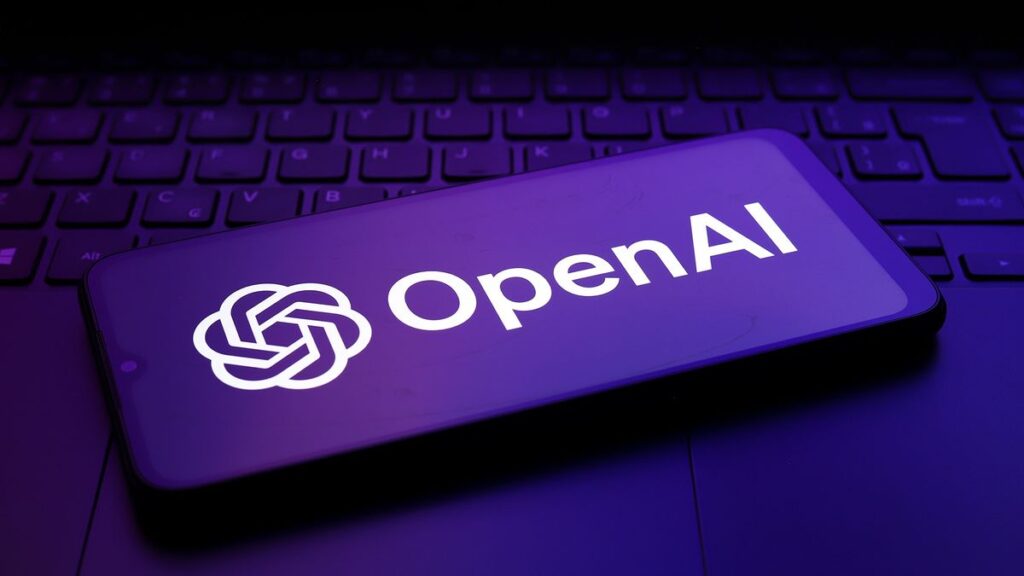OpenAI is redefining the future of AI reasoning in 2025. With the launch of its most advanced reasoning models to date, OpenAI is setting a new benchmark for intelligent, context-aware, and multi-step problem-solving AI systems. And the surprise? These models come packed with bonus features aimed at enhancing productivity, decision-making, and interaction quality.
Here’s a detailed look at what’s new—and why it matters.
Introducing OpenAI’s New Reasoning Models

OpenAI’s latest models, integrated into ChatGPT and API platforms, bring enhanced deductive, inductive, and contextual reasoning abilities. These models outperform previous versions in:
- Multi-step problem solving
- Advanced logic comprehension
- Mathematical and scientific reasoning
- Long-context memory and instruction following
Whether it’s solving a logic puzzle, guiding enterprise workflows, or writing complex code from minimal input, these new models can reason like a human—but faster, and at scale.
What Sets These Models Apart?
Unlike earlier iterations that excelled at basic Q&A and creative writing, the new models are designed to simulate deep thought, powered by:
- Improved chain-of-thought prompting
- Richer context windows (up to 128K tokens)
- Fewer hallucinations with greater citation accuracy
- Personalized memory (in ChatGPT)
They excel at keeping track of long conversations, following conditional logic, and drawing correct conclusions from limited data.
Bonus Features That Change the Game
Alongside the new reasoning models, OpenAI has rolled out several bonus capabilities to improve both usability and performance:
🔍 Custom GPT Memory Enhancements
- ChatGPT now remembers key preferences and past interactions
- Users can disable or edit memories anytime
- Useful for business continuity, learning, and customer support scenarios
🔗 Seamless Tool Integration
- Native access to code interpreter, DALL·E image generation, and browser tools
- Enterprise users can embed OpenAI tools into internal systems
- Great for automating document generation, data analysis, and visual prototyping
🧠 Improved Assistant API for Developers
- Developers can now build apps with more reliable reasoning backends
- Fine-tuning capabilities with guardrails for specific industries
- Supports use cases in legal, medical, finance, and education
📁 Team Collaboration Support
- ChatGPT Teams & Enterprise now allow shared custom GPTs
- Ideal for sales enablement, internal knowledge bases, and training bots
OpenAI vs. the AI Landscape in 2025
With competitors like Anthropic’s Claude, Google’s Gemini, and Meta’s LLaMA pushing boundaries, OpenAI’s edge lies in its multi-functional ecosystem—reasoning + generation + interaction under one unified platform.
| Feature | OpenAI 2025 Reasoning Model | Gemini AI | Claude 3 |
|---|---|---|---|
| Advanced multi-step reasoning | ✅ Yes | ✅ Yes | ✅ Yes |
| Long memory retention | ✅ (128K tokens) | ✅ | ✅ |
| Integrated tools | ✅ Built-in | ⚠️ Add-on | ❌ |
| Developer support/API | ✅ Strong | ⚠️ Closed | ✅ |
OpenAI’s reasoning model isn’t just smarter—it’s more versatile, connected, and business-ready.
Featured Snippet Summary
What did OpenAI launch in 2025?
OpenAI released new reasoning AI models capable of advanced logical, mathematical, and contextual problem-solving. The models come with bonus features including improved memory, integrated tools, and support for enterprise and developer use.
Why It Matters: The Future of AI Is Reasoning-First
As AI shifts from novelty to necessity, reasoning becomes the core differentiator. The new generation of AI tools must go beyond pattern matching—they must think.
OpenAI’s latest release reflects this shift. With intelligent reasoning models, bonus productivity features, and seamless ecosystem integration, OpenAI is turning AI into a true thinking assistant—not just a reactive chatbot.
Ready to try OpenAI’s most powerful AI yet?
Visit openai.com or explore ChatGPT Plus, Teams, or API solutions to experience the future of intelligent reasoning firsthand.

